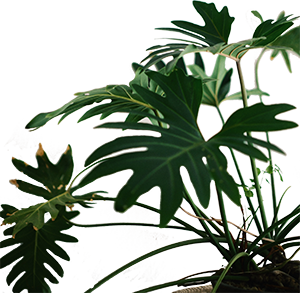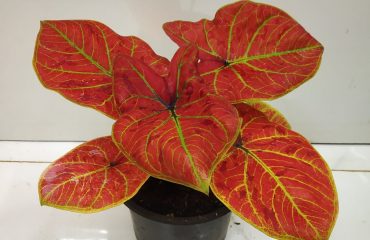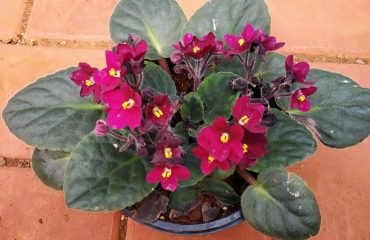How to Grow Betel Leaf Plant

Growing Betel leaf plant is not difficult but you need to be aware of its requirements. This rare, mildly stimulant herb can also be grown in containers, in a balcony, and even indoors in partial sunlight!
The Betel leaf Plant is a herb that is a member of the pepper family. It is known for its shining green color and heart-shaped leaves. The Betel leaf plant is a versatile plant used for cooking and for medicine. It is native to India where it is widely known for its use in making a famous Indian dessert Paan. Learning how to grow Betel leaf plant is not difficult as long as have the adequate requirements.
Common Names: Paan, Nagar-bel, Vettila, Khavayache-pan, Naagavaela, Tambula, Desi paan
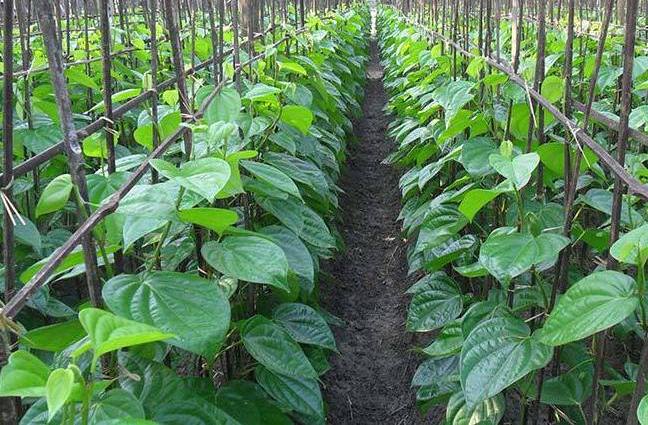
Significance of Paan in India
The leaves of the Paan plant hold a very significant place in Indian tradition. It is a very famous delicacy relished across the country. The paan leaves prepared with a filling of Chuna (slacked lime), Kattha, supari (areca nut), and it is often eaten after meals and serves as a digestive. Almost every Indian has relished this sweet at least once in their lifetime! Apart from that, the leaves are also used in various auspicious festivities like wedding rituals, etc. Ayurveda lists a variety of uses of paan leaves in the treatment of many diseases as well.
How to Grow Paan Plant at Home in India
If you are wondering how to grow the paan plant at home, here are all the requirements. If you live in Himalayan states of India like Himachal, Uttrakhand, Kashmir, and Sikkim, make sure to move your plant indoors in winter when snowfall occurs. On the contrary, if you belong to the hotter state like Rajasthan, take special care in summer. A green shade cloth to save from intense heat would be fine. Also, water more frequently!
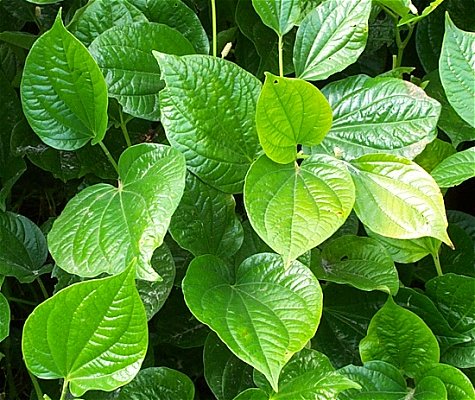
Temperature
With its origin in India, the paan plant is a tropical creeper, growing well in the humid and warm climate of most Indian states. Temperature ranging from 10-30 C is good for its growth.
Soil
Although paan plants can grow in a wide range of soils, sandy loam soil is ideal for its growth. The major requirements for growing paan are soil with organic matter and good drainage. You can also add some sand in the soil if you are dealing with clayey soil.
Water
Paan plants require regular watering and slightly moist soil. Reduce the frequency during the rainy season, as too much irrigation can cause root rot. Another thing to keep in mind is choosing a well-draining soil, especially when you’re cultivating it in a pot, so that the water-logging may not become a problem.
Sunlight
Betel plant grows well in a hot and humid climate. An area with mild shade is preferable, several hours of bright morning sun help the plant. So, if you’re growing paan in your home, select a location that receives filtered sunlight. Avoid keeping this plant in a position that receives intense afternoon sun. If you are growing betel leaf plant indoors, make sure to choose a spot that receives plenty of indirect light.
Propagation
Although it is always better to buy healthy plants from nurseries, you can also grow paan plants from cuttings. All you have to do is take a long stem of about 5-6 inches and make a slant cut of 45° using a sharp knife or blade. Then remove all the leaves from the cuttings except the top ones. Put them into a glass of freshwater and place it in a bright spot. Transplant the cutting into a deep container with good drainage, once roots start to appear in the glass. Meanwhile, keep changing the water!
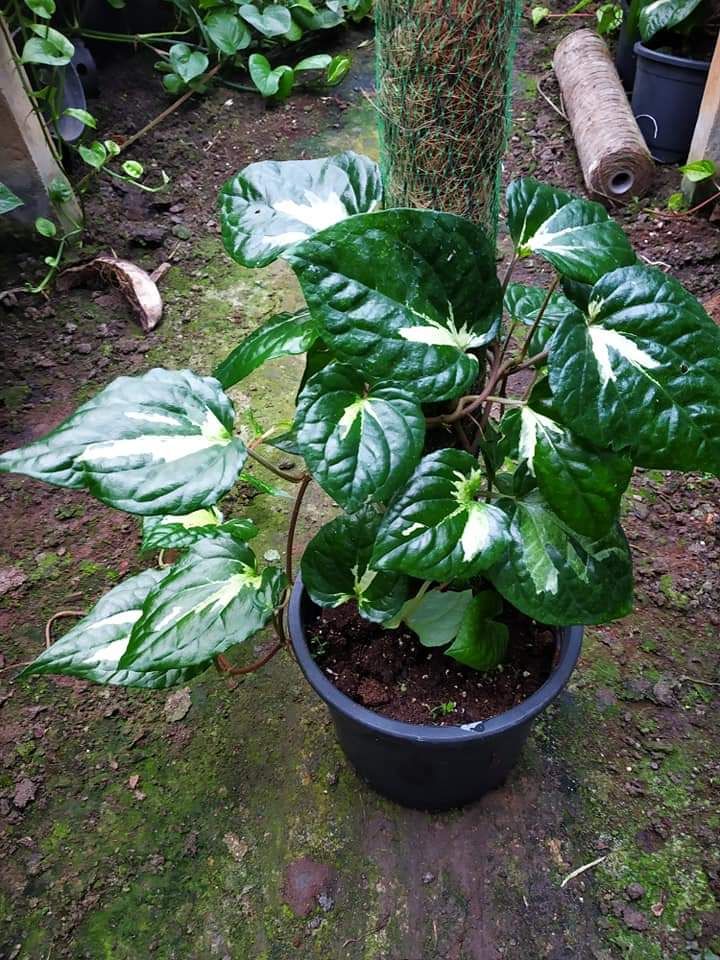
Paan Plant Care
Pruning
If you’re harvesting the leaves regularly, no additional pruning is required. Once your paan plant reaches a height of 1.5-2 meters, start picking the leaves. It is also going to encourage the growth of tender new leaves.
Fertilizer
This refreshing herb is not a heavy feeder, but fertilizing once every 4-6 weeks with a balanced liquid fertilizer like 10-10-10 or 20-20-20 will keep it growing. If you’re into organic gardening, it’s best to side-dress the plant 2-3 times in a year with well-rotted cow manure, which is easily available everywhere in India.


